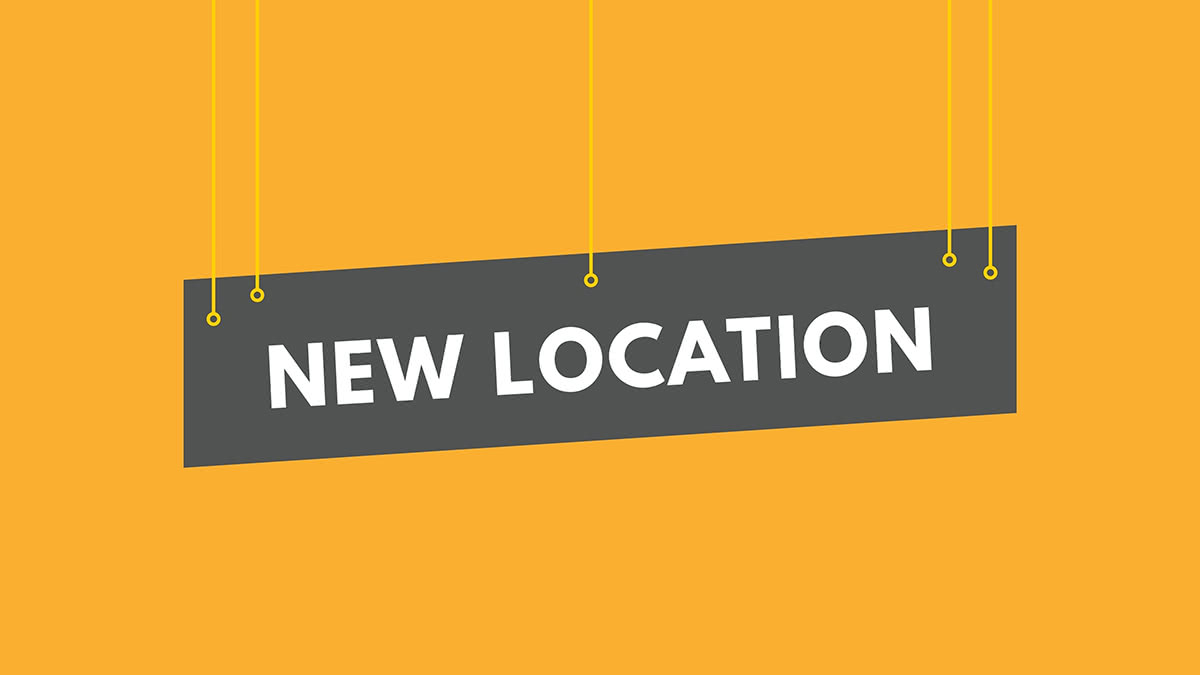Six Essential Expenses When Opening a Second Business Location

Congratulations! Your first cupcake shop has been a huge success. (Especially the red-velvet cheesecake recipe.) Now you're ready to branch out and share your success with a new set of hungry customers.
But whether you're selling cupcakes or tractors, the essentials of opening that second storefront are much the same. Only after you consider these costs — and potential opportunities for savings — can you put your plan into action and seek financing. Here's what to consider.
1. Pick a hot location.
What's a welcome hit in one neighborhood might be just another storefront struggling for traffic in another. Consider demographics in your potential new neighborhood relevant to your products and services. For example, you don't want to drop your adorable clothing boutique for toddlers next to a nightclub. Also pay close attention to how customers will access your new branch: That bargain lease may not make sense once you realize there's no parking available and it's 20 minutes from the bus line.
If you're feeling unsure about your market-research acumen, fear not: This article can help.
2. Build it and they will come: Making the space your own.
Renting or purchasing your new location is just the beginning. If you're a restaurant and you're taking over space that formerly housed a beauty salon, for example, you're looking at a serious overhaul.
Hiring an interior designer and investing in materials such as flooring, signage, seating and paint is just a start for the ways you can spend money making your second location look as good as your first. Then you'll need a well-qualified commercial contractor to bring that design to life.
3. Get the right gear at the right price.
Whether you're buying or leasing, equipment can add up. Build a list of the mission-critical pieces you'll need to have on day one. Then research the cost of maintaining that equipment month to month and year to year. You might also benefit from becoming a bigger customer to your current supplier(s). Need help? Consider these smart tips from the Harvard Business Review on negotiating with suppliers.
4. Staff up.
A new location means new people. Consider reassigning experienced employees to your second spot to ensure continuity of processes, standards and your retail culture. Then you'll want to hire and train additional workers to keep your expansion viable.
How many people will you need? How many hours will you need each of them, and what will it cost you to pay them not just during training and the opening, but from then on?
5. Seize opportunities for economies of scale.
When you have more than one location, you have a chance to standardize procedures you can replicate in the future for all other locations. Your online inventory, accounting, and customer service systems, for example, can all be interconnected in the cloud. Such systemization builds confidence among employees and customers alike.
6. Tell them about it: Marketing your new location.
Sure, you might be able to recycle your first "grand opening" banner, but marketing your new location will likely call for a cohesive marketing campaign. You'll need to update your printed sales and marketing materials, purchase ad space and airtime, and update your website and social media. You can hire some pros to handle the details.
Once you've worked out your potential second-location costs, you'll be in a better position to establish the financial viability of a new location. You'll also be able to show a potential lender that your business is worth the risk.
Since 2008, Fora Financial has distributed $4 billion to 55,000 businesses. Click here or call (877) 419-3568 for more information on how Fora Financial's working capital solutions can help your business thrive.







